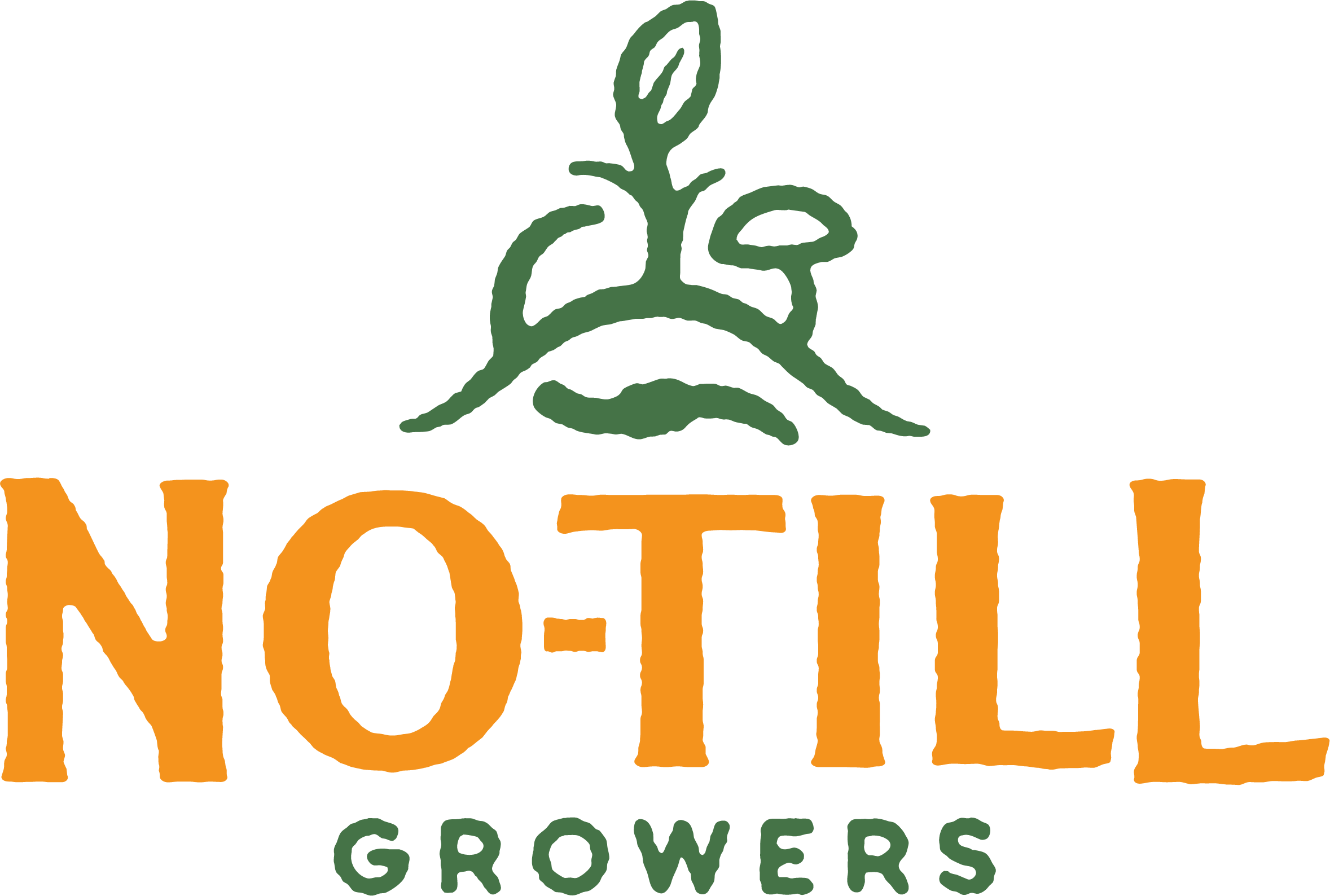MULCH// Is Cardboard a Reasonable Cover Material?
I don’t know about you, but I never seriously considered cardboard as a possible cover material for a commercial garden until I read about Deb and Ricky of Seeds of Solidarity in Andrew Mefferd’s book “The Organic No-till Farming Revolution” then, later interviewed them for the podcast…
Of course, Charles Dowding is a big proponent of this in “no dig” gardening, but it never sank in that it could be replicated on-scale. Then, we learned about Jared Smith of Jared’s Real Food, who uses cardboard in a lasagna-style method covering some two acres of beds! If you’re interested in learning about how Jared’s operation works, check out the workshop we’re doing out in California in February. So, this past summer I started trialing cardboard in the garden and to my surprise, everything I had assumed about cardboard was mostly wrong.
Assumption #1 Cardboard is hard to access in bulk
Sure, anyone can find the occasional large box, but where does one find a flow of cardboard—a reliable source that, in a pinch, will always have enough of what you need?
This was a little daunting for me and I did run into some issues. Some hardware stores were down to give me what they had, but it was very little overall and they had to go well out of their way to help. Then, I tried to hit up the furniture store, but they were consistently busy with customers, so I eventually left. As fortune would have it, I found some at the dump and they told me to take all the cardboard I could handle. This was a holy-grail moment for me, because not only did I have access to a mountain of cardboard, but I could pick and choose. No colored inks, little to no tape—if you can load up at the dump, there is a lot of cardboard to be had, reclaimed for better use, no less.
Assumption #2 Cardboard not allowed in Organic Certification
I knew it was technically allowed, but wondered if I was missing something when putting it into practice. My certifier confirmed that it was a-okay in my last audit, so long as I followed the NOP rules for cardboard mulch:
“Cardboard is considered to be a type of paper and therefore must be made from recycled materials. The cardboard cannot be printed with glossy or color inks. In addition, the cardboard must not be waxed or have been treated with fungicide.”
As for the chemicals involved in the process, I am still digging into this (there are lots of ways to make cardboard, apparently) though ATTRA says they did a comprehensive study (link: https://attra.ncat.org/can-i-use-cardboard-and-newspaper-as-mulch-on-my-organic-farm/) on all of the things that go into making brown, corrugated cardboard and found them to be “relatively benign”.
Assumption #3 It wasn’t worth the effort to pull the tape
This proved to be both true and false. It is hard to pull the tape off of dry cardboard. However, happy accident, it is not hard to pull the tape off of wet cardboard. Some folks use a steamer, but I just get the pieces wet—either with a hose or just leave them out in the rain—then pull the tape. Or avoid tape altogether—dump FTW. Deb and Ricky don’t pull tape at all. they just rake it off later.
Assumption #4 It would be slow to get down
I actually found this to be relative to box size. Putting down large amounts of cardboard is fairly fast if the boxes are large. You have to think, one refrigerator box, if its roughly 4x8 in tact, will stretch out to over 100 sq ft! That’s a lot of space with just one box. Go for the big stuff.
Downsides
Wind. Wind is the number one downside, so you have to add something atop the cardboard (presumably compost) to hold it down. This isn’t the worst thing in the world, as you need compost or nitrogenous material to help break the cardboard down. I tried just tarping it and that was unsuccessful in breaking the cardboard down.
Loss of materials. If you use a loose compost, it’s possible that a heavy rain could wash it off of the cardboard.
Otherwise, I see a lot of potential here for lasagne gardening on scale, for pathway management, and starting gardens without ever tilling (though there is a time for tillage in some cases, especially when starting a garden). To learn more about commercial lasagna veg production—and want to spend a February weekend in Southern California—check the video below.
